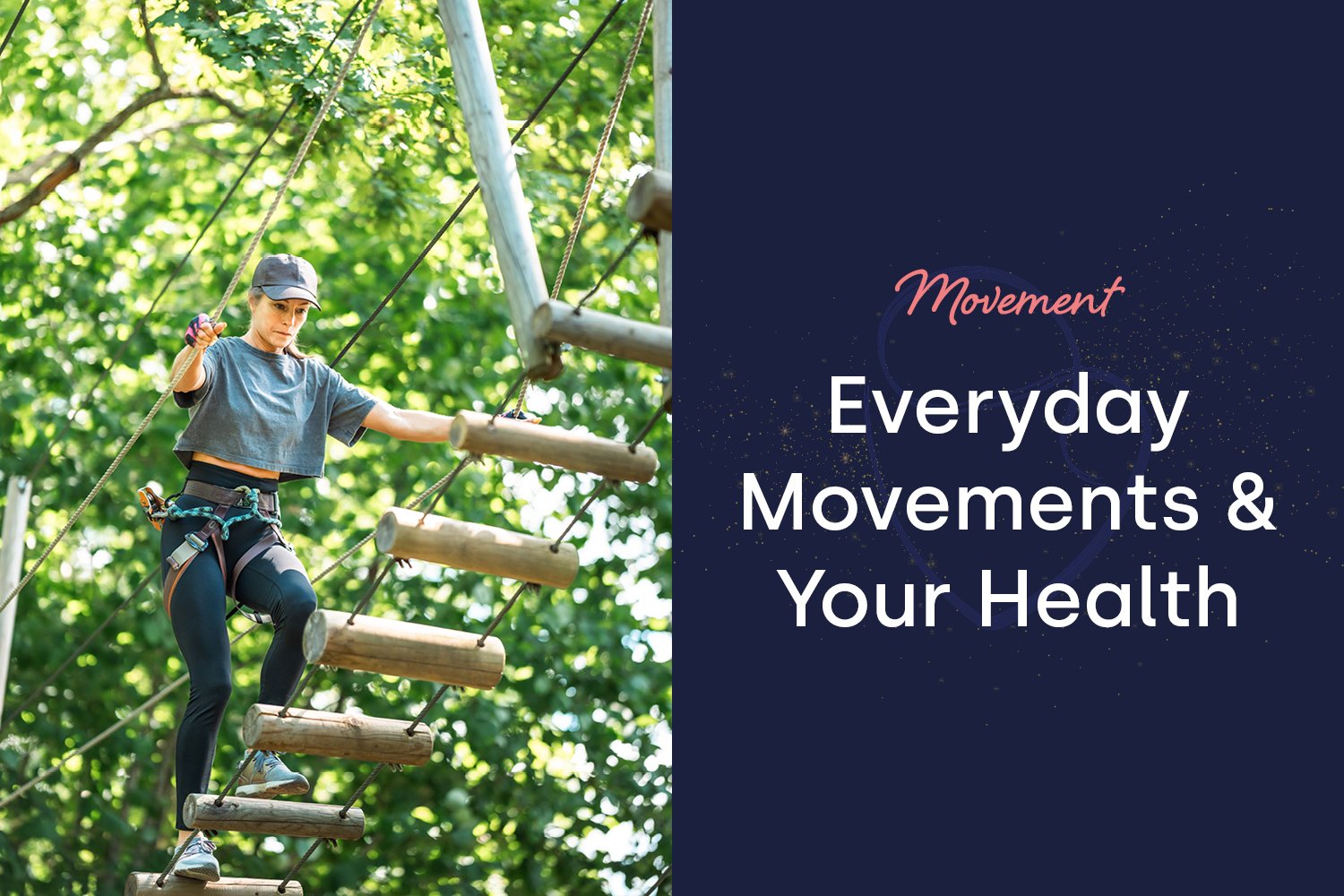
There’s a surprising amount of information to be found in the simplest movements.
Take getting up off the floor, for example. It’s something many of us do without a second thought, but it calls for a remarkable blend of balance, strength, and coordination.
How easily can you rise? Do you stand smoothly, or do you find yourself reaching for support?
The answer can reveal a great deal about your overall health!
Simple, everyday movements—rising from a chair, bending to pick something up, or walking across a room—rely on your body functioning as a whole.
Each of these activities relies on:
If any of these areas are restricted or out of kilter, your body will usually find ways to compensate. Unfortunately, though, these compensatory mechanisms can, over time, lead to discomfort, reduced mobility, or even injury.
Chiropractors pay close attention to even the most ordinary everyday movements.
Watching how someone moves lets us spot any restrictions, imbalances, or compensations that may be contributing to discomfort. If you have difficulty getting up from the floor, for example, it could point to weakness in your legs or core, stiffness in your hips, or some challenges with balance.
Understanding your movement patterns allows us to customise a plan focused on helping you move more freely, comfortably, and confidently.
The good news is that it’s never too young to start improving your movement quality.
Start by noticing how you move. Are there areas that feel stiff or tired? Pay attention to your posture and alignment throughout the day.
Here are a few simple exercises to try:
Regular, consistent movement supports your body’s natural function and biomechanics.
Your body is designed to move—and with the right support, can adapt and thrive.
Becoming more aware of your movement patterns allows you to make small, consistent changes that add up to lasting benefits.
Even the most basic actions, done with intent and consistency, can help you enjoy greater physical freedom and overall well-being.
Ewell Chiropractic
9A Cheam Road, Ewell, Epsom KT17 1SP
Our practice is next to the central car park in the Ewell village if you travel by car. And just a 10-minute wander from both train stations in Ewell.
Website design by theshapingbay.com